Governors’ Legacies: 10 CBK Leaders and Their Impact
For the past 57 years, the Central Bank of Kenya has been the institution of choice for regulating the economy.
By an Act of Parliament passed on March 24, 1966, the institution assumed the duties of the East African Currency Board (EACB), which oversaw the issuance of currency in Kenya, Uganda, and Tanganyika (later renamed Tanzania).
On September 14 of the same year, then-President Jomo Kenyatta inaugurated the CBK offices on Haile Selassie Avenue in Nairobi and appointed the organization’s first leader.
Here is a list of the illustrious institution’s previous ten Governors.
Leon Baranski
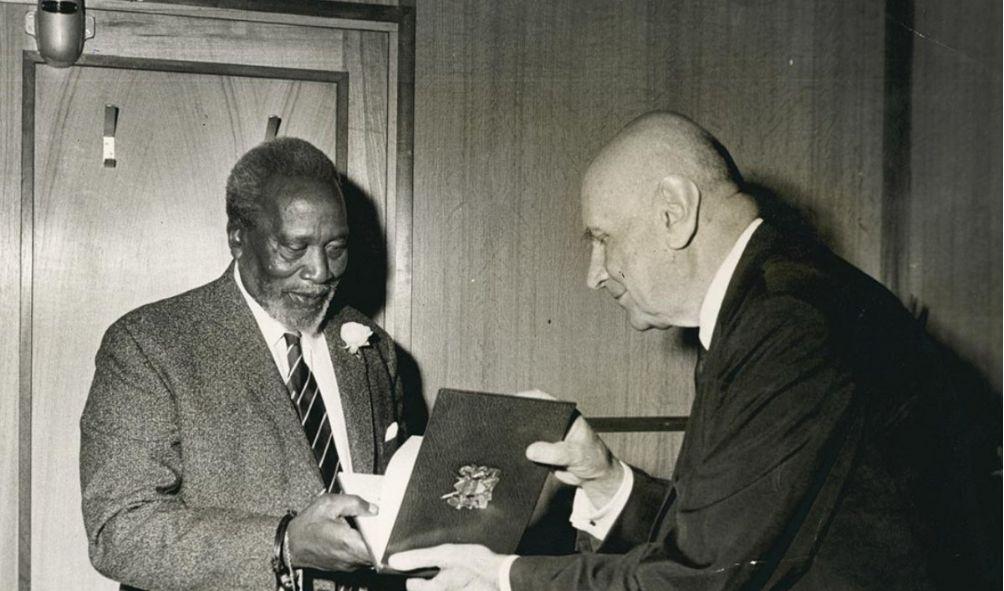
In May of 1966, he became the first Governor to hold Polish citizenship.
The International Monetary Fund (IMF) had assigned Dr. Baranski to the position of CBK Governor.
He was the first and only foreign CBK chief among the ten Governors.
This was the shortest tenure of any CBK Governor, lasting only one year from May 1966 to April 1967.
Duncan Ndegwa
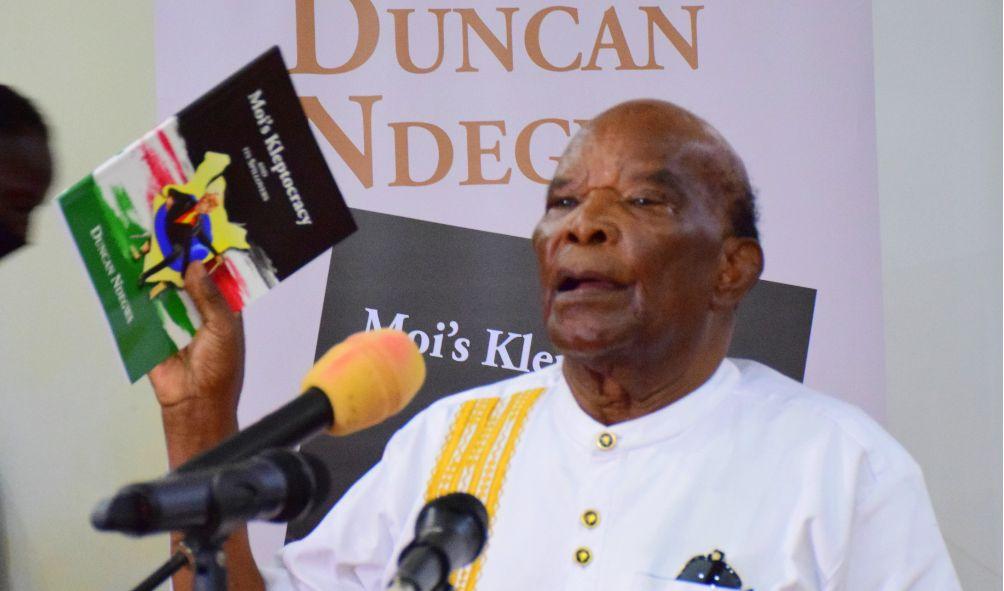
From May 1967 to December 1982, he was in service. Previously, he held a number of positions in the government of Jomo Kenyatta, including Secretary to the Cabinet and Head of the Public Service.
He oversaw the 1968 passage of the Banking Act, which expanded the CBK’s functions.
In December 2016, he published ‘Walking in Kenyatta Struggles: My Story’, a memoir about his life and career.
Phillip Ndegwa

His tenure began in December 1982 and lasted until 1988.
ALSO READ: Unveiling the Intrigues: CS Nakhumicha’s Revelations on Ruto’s Firing of Former PS Josephine Mburu
He is remembered for liberalizing the economy and directing the establishment of the Deposit Protection Fund Board (DPFB).
DPFB was established to safeguard depositors’ interests in the event of a bank failure.
Eric Kotut

He was at the helm during the Goldenberg scandal from 1988 to 1993.
During his administration, several banks, including Trade Bank and Pan African Bank, failed.
Micah Cheserem.
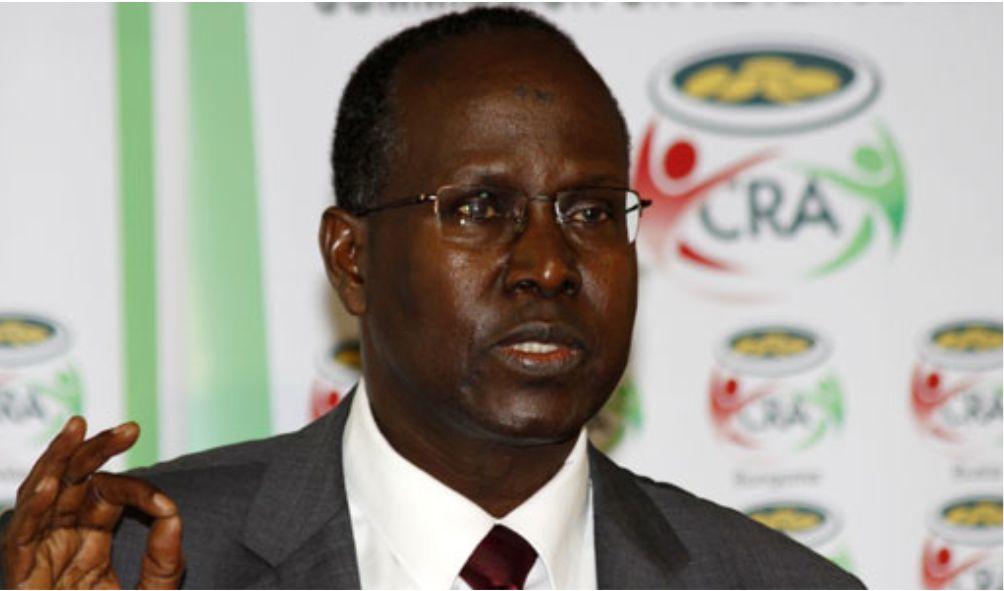
He led the CBK from July 1993 until April 2001. He oversaw the computerization of the Nairobi Clearing House in 1998.
Cheserem also served as chairman of the Capital Markets Authority (CMA) and Commission on Revenue Allocation (CRA) in addition to his role as governor of the Central Bank of Kenya.
Nahashon Nyagah
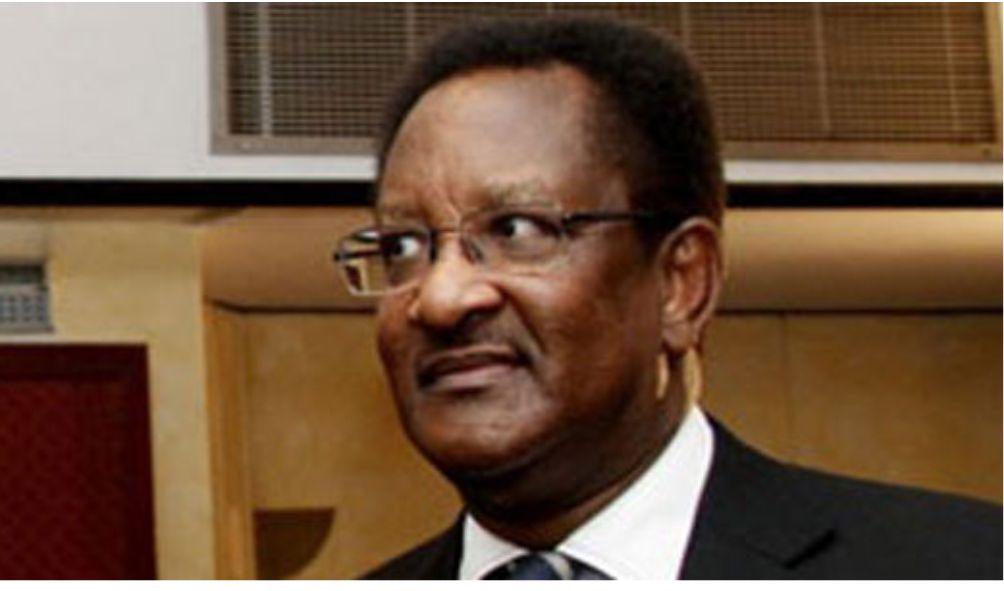
He served from April 2001 to March 2003 and was succeeded shortly after Mwai Kibaki’s inauguration as president in December 2002.
ALSO READ: Ruto’s Nomination: Kamau Thugge as CBK Governor
The fact that he revitalized the Kenyan bond market is in his memory.
Andrew Mullei

During his tenure from 2003 to 2007, he was tasked with improving the Kenyan economy, which had been hampered by the Goldenberg scandal.
In 2005, he oversaw the implementation of Kenya’s Real Time Gross Settlement (RTGS) System, the Kenya Electronic Payments and Settlement System (KEPSS).
Njuguna Ndung’u
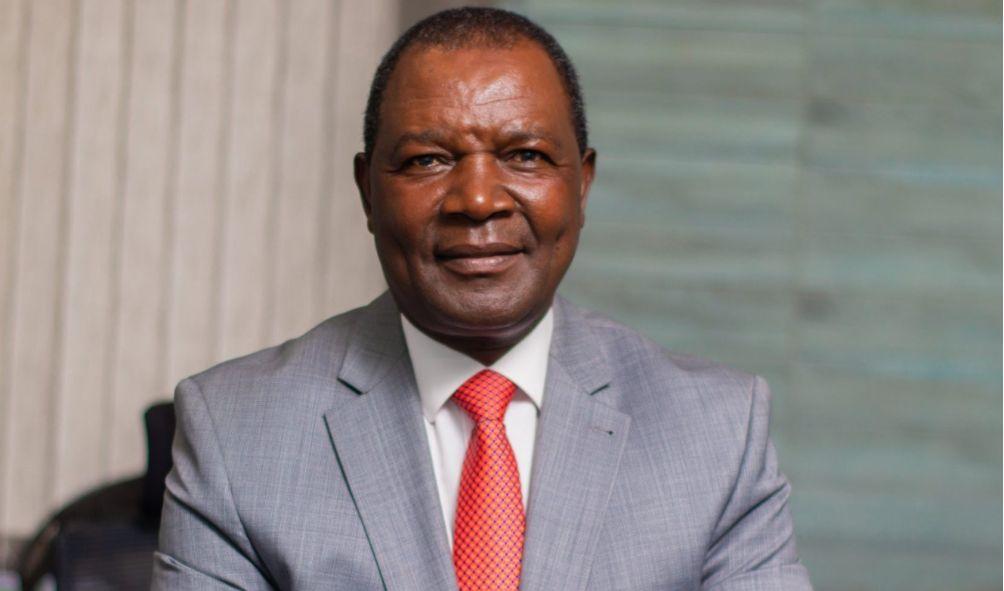
From March 2007 until June 2015, he advocated for the use of mobile money.
His legacy includes improving banking services for unbanked individuals.
Moreover, he oversaw the growth of agency banking and credit reference bureaus (CRB).
He currently holds the position of Cabinet Secretary (CS) for the National Treasury and Economic Planning.
Patrick Njoroge

His term began in June 2015 and will conclude in 2023.
He introduced a new generation of banknotes with advanced security features in 2018.
This was in accordance with the Kenyan Constitution of 2010, which prohibited the use of presidential portraits on currency.
In October of 2019, the Global Markets Awards recognized him as the best Central Bank Governor in Sub-Saharan Africa.
Three banks failed during Dr. Njoroge’s administration: Chase Bank, Dubai Bank, and Imperial Bank.
Kamau Thugge

On May 15, 2023, President William Ruto appointed him to head the CBK.
In the course of his career, he has worked for the IMF and the National Treasury.
Prior to his appointment, he advised President William Ruto on economic policy as the State House’s senior adviser and head of fiscal affairs and budget policy.
Governors of the CBK serve four-year terms and are eligible for an additional four-year term.
In addition, they preside over the Monetary Policy Committee (MPC), which determines the nation’s monetary policy.
Governors’ Legacies: 10 CBK Leaders and Their Impact
HEY READER. PLEASE SUPPORT THIS SITE BY CLICKING ADS. DON’T FORGET TO HIT THE NOTIFICATION BELL FOR MORE UPDATES AROUND THE GLOBE.
